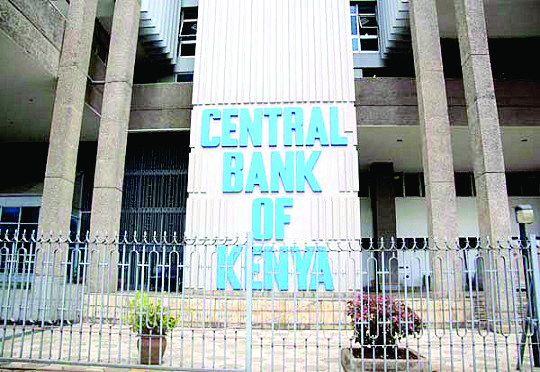Curtain falls on old Sh1,000 banknote after 25-year run

By Noel Wandera
By midnight, curtains will be drawn on the old Sh1,000 currency notes, and with it fond memories.
Introduced by the Central Bank of Kenya (CBK) in 1994, it has been referred to by various slangs, the most prominent one’s being ‘Thao,’ ‘G,’ ‘K’ and Ngiri.
When the demonitisation of the note was announced by CBK Governor Patrick Njoroge on June 1, a cross section of Kenyans interviewed by Business Hub remembered its role in the Goldenberg scandal, others for its large size as well as for its conformity to the constitutional requirements.
Paul Wainaina, a curio trader, said the note played a big part in the Goldenberg scandal where the government subsidised exports of gold far beyond standard arrangements during the 1990s, by paying the company, Goldenberg International , 35 per cent more than the country’s foreign currency earnings.
Goldenberg scandal
“It was one way of abetting corruption, because using the Sh1,000 note, the corrupt could easily move around large sums of money,” he said.
The scandal cost the taxpayer Sh100 billion, with Goldenberg International pocketing Sh5.8 billion in three tranches in three months.
For Andrew Ndeda, a marketing executive with Oxford Book publishers, compared to the new note, the older “G” was big and could not fit into standard wallets.
“It had a bad texture and in comparison to other countries, it was the ugliest,” says Alvin Mwangi.
“I thought it was too big. I am used to handling foreign currency. Unlike Tanzania and Uganda which had smaller notes, Kenya had a big Sh1,000 note,” said Wainaina.
However, for Zachary Ochuodho, he says although most people like Ndeda and Wainaina say the old note was too big for the standard wallet, for him, it gave a feeling that one had money. This was in addition to reminding him of the hard won struggle for Independence.
“The picture of our founding president Mzee Jomo Kenyatta was prominently displayed on the front, reminding us of the struggle for independence,” he says.
Duncan Mbomere, a security officer, says the note brings back floods of memories, in particular because he was first paid using the old note by his first employer.
“When I got employed in Nairobi as a welder, I demanded to be paid my daily wages using Sh1,000 because it assisted me budget for the week. I just wanted the “elephant”,” he said.
For Albert Bwire, a banker, said he has no nostalgic feelings about the old note, arguing that he just wanted money to spend.
“I have no sentimental attachment to it. Let it go,” he said.
Kenyans are nostalgic for the demonetised currency note even as Njoroge ruled out any extension of today’s deadline to return the bank note.
Number of tycoons
On August 25, Njoroge tweeted: “After the Sept 30, 2019 deadline, the older series 1,000 notes will be worth nothing—sufuri, nought, nil, nada, zero, zippo. Be prepared!”
While speaking during the annual inter-banks competition at the Kenya School of Monetary Studies, Njoroge said it will take up to three years to phase out the other denominations.
He made the statement amid reports that CBK might fall short of its objective of mopping Sh233 billion old Sh1,000 notes out of the economy.
According to a report, in a section of yesterday’s daily, a paltry 24 tycoons had returned the old notes in transactions above Sh2 million.















